Polysaccharides represent an almost unmanageably differentiated and large group of different carbohydrates, which consist of a chain of more than 10 identical or different monosaccharides that are glycosidically linked.
These are biopolymers that play a major role in the human metabolism as energy stores, as structural elements in membranes, as components of proteins (proteoglycans) and for immune modulation.
What are polysaccharides?
Polysaccharides, also called Glycans or Polysaccharides belong to the group of carbohydrates. Polysaccharides are formed by linking at least 10 monosaccharides that are glycosidically linked.
They can consist of links of up to several tens of thousands of monosaccharides, which also have lateral branches. Saccharides, which consist of a glycosidic chain of fewer than 10 monosaccharides, are called di-, tri- or oligosaccharides. The chained monosaccharides can consist of the same or different monosaccharides. Consequently, it is then a question of homo- or heteroglycans. While saccharides taste sweet up to the level of oligosaccharides, polysaccharides have a neutral taste and are hardly soluble in water.
In principle, a distinction can be made between an O-glycosidic and an N-glycosidic bond. It is noteworthy that this substance group, which is so important for the metabolism, is usually composed exclusively of the three elements carbon, hydrogen and oxygen. It is the three elements that are available in abundance almost everywhere in the earth's biosphere.
In some cases, nitrogen (N), which is also available in unlimited quantities, also plays a role. Many polysaccharides can be described with the following chemical molecular formula (Cx (H2Oy) n. Where x usually takes the value 5 or 6 and y the value x minus 1.
Function, effect & tasks
The group of substances of the polysaccharides takes on three important main functions in the human metabolism (metabolism). They serve as energy stores in the form of glycogen, as substances that give structure and strength, and they have an impact on the immune system.
Glycogen is a homoglycan that is made up of up to 50,000 glucose monomers in strong branches. It takes on the role of short to medium-term energy storage. For long-term energy storage, glycogen is introduced into the fat metabolism and converted into body fat. With vigorous muscular activity or other energy requirements, the body can initially make use of the glycogen stores because the individual glucose molecules can be extracted from the glycogen with little effort. The vegetable counterpart to glycogen is starch (amylopectin and amylose).
Polysaccharides play a special role as part of the glycocalyx, the membrane that envelops human and animal cells as protection against dehydration and phagocytosis and as an intercellular means of communication. As a component of proteoglycans, which make up the main part of the extracellular matrix, polysaccharides ensure the necessary strength and cohesion of the various tissues. Heteroglycans in the form of glycosaminoglycans, which are composed of disaccharide units, also play an important role in cartilage formation.
It is hyaluronic acid, which has an enormous water-binding capacity and other special properties. Certain polysaccharides, which are mainly found in medicinal plants or mushrooms, are said to have an immunomodulating effect. This means that allergic reactions of the immune system or even autoimmune reactions can be improved by specific polysaccharides.
Education, occurrence, properties & optimal values
A mixture of mono-, oligo- and polysaccharides is usually consumed with food containing carbohydrates. While the monosugars are usually converted in the mouth by the enzyme amylase into glucose, the form of sugar that can be used by the body, the higher-quality sugars, the oligosaccharides and polysaccharides, must first be fractionated, which is mainly in the first section of the small intestine by means of specific Sugar-breaking enzymes happen.
Most of the enzymes are brought into the small intestine by the pancreas. The “broken down” pieces of the polysaccharides are absorbed by the intestinal mucous membrane of the small intestine and introduced into the portal vein, where they are transported to the liver for further processing.
The glucose, which is not directly required as an energy carrier by muscles or, for example, the central nervous system or for other purposes by the metabolic system, is converted back into the depotable glycogen in decentralized depots, where it can be accessed at short notice at any time. The process is very dynamic, as it partly also serves to regulate the glucose level in the blood, so that the specification of an optimal value does not seem sensible.
Diseases & Disorders
The most common inherited or acquired metabolic disease associated with sugar metabolism is diabetes mellitus. In this case, the body's metabolism is not able to regulate the glucose level in the blood, so that a persistent, increased, glucose level tends to be established.
Most of the time, the pancreas is no longer able to produce enough insulin to break down the excess glucose, or it becomes insulin resistant. This means that the blood sugar level does not react or react too little to the insulin. In the case of diabetes, the consumption of digestible carbohydrates - including the polysaccharides - must be carefully controlled and adjusted to the intended activity and the current blood sugar level.
A common problem is lactose intolerance, which is caused by a genetic deficiency in enzymes. Lactose (milk sugar) is broken down into glucose and galactose in the intestine. However, this requires the presence of the enzyme galactase. About 10 to 20 percent of Central Europeans suffer from a genetic deficiency in galactase. The consumption of products containing lactose leads to digestive problems for those affected because fermentation processes occur in the intestines.

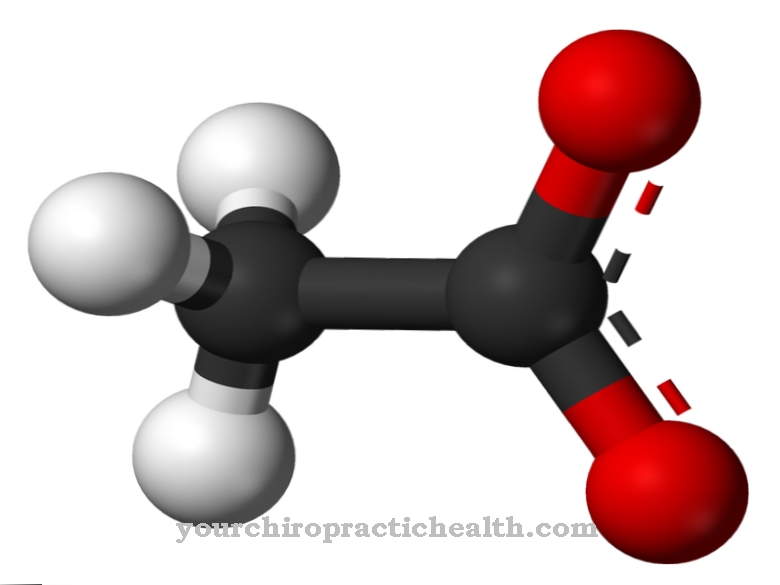
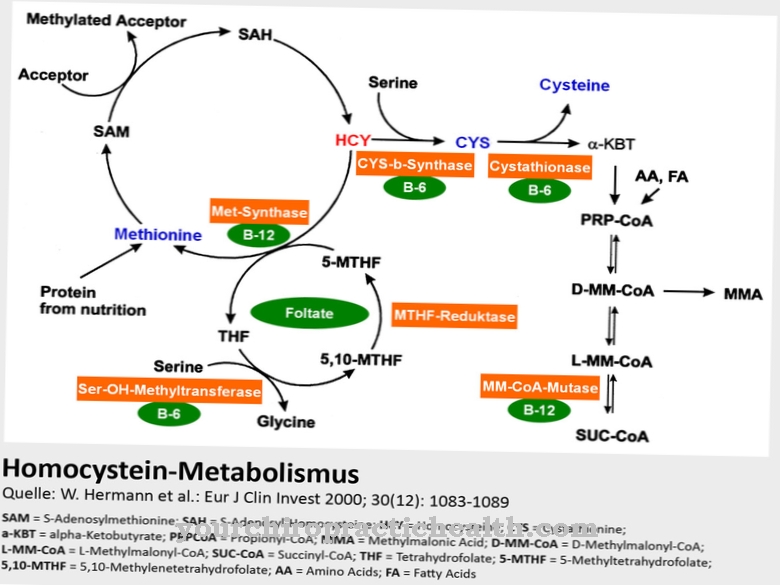
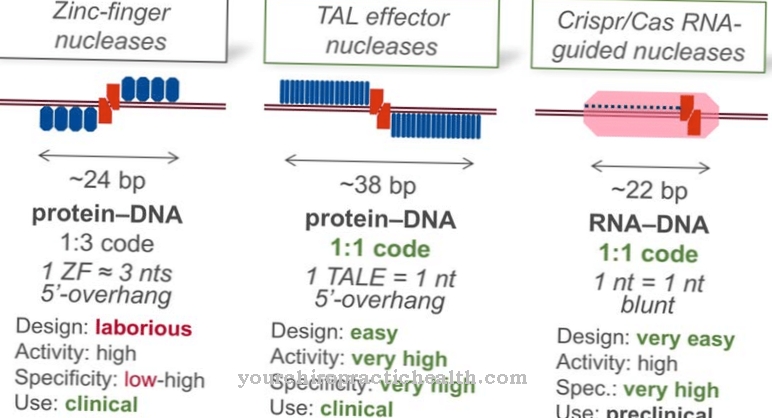
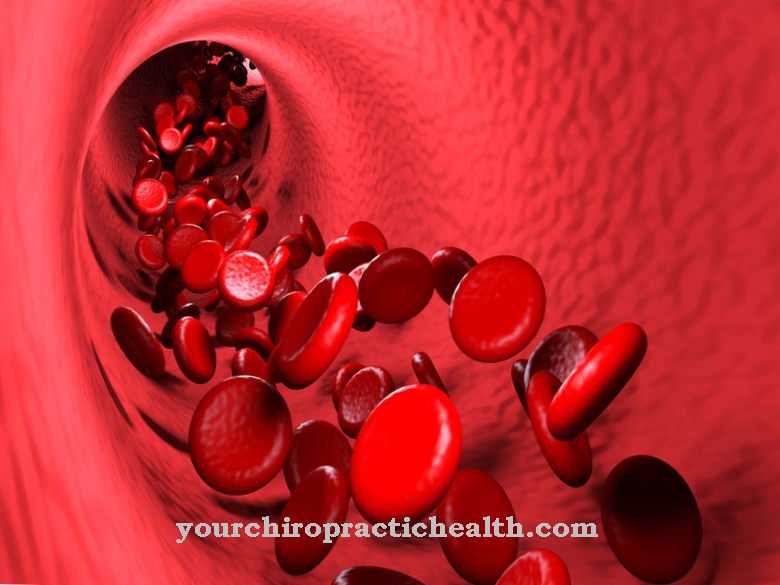

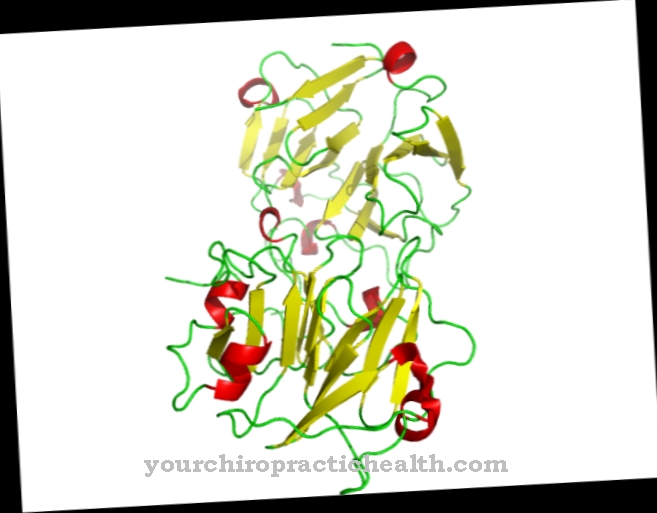

















.jpg)



